My first royal castle of the year was a real surprise find. Travelling to Hamburg because of the state visit of King Charles III and Queen Camilla of the United Kingdom to Germany, I had found a hotel in Hamburg-Harburg. After arrival on 30 March 2023 I decided to go for a walk. One name stood out on the signs I saw: Schlossinsel (castle island). I had never heard of a castle there, so I just walked until I reached it. Finally I found a bridge actually leading to the Schlossinsel. Still nothing, but a little bit further it said “to the castle”. I walked around the corner and there it was: the Harburger Schloss (Harburg Castle).
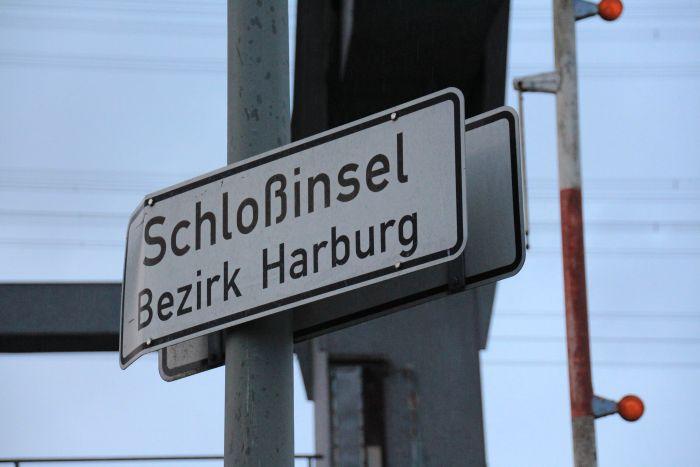
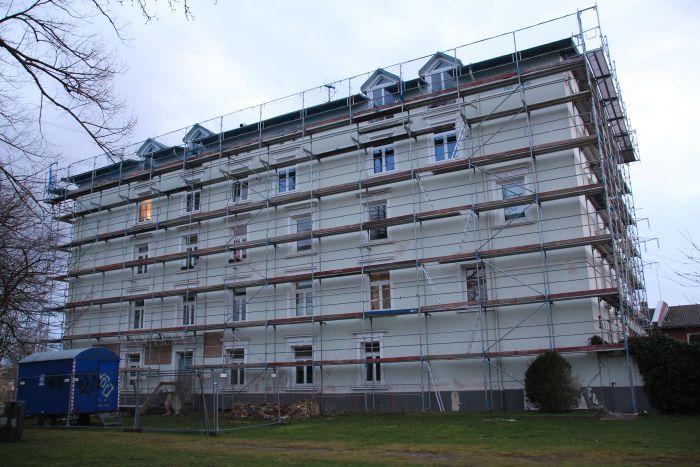
History
The first castle on this spot was mentioned in the year 1135 as Horeburg (castle in the swamp), although the castle actually might go back to the early 11th century. Likely it was used as a border fortress by the Counts of Stade. As off 1257 it secured the borders of the Duchy of Brunswick-Lüneburg, and was in the possession of the Dukes. The area is now considered the nucleus of Harburg and can be found in the heart of the harbours. The oldest preserved room in Hamburg can actually be found right here: the historic vaulted cellar from around 1440.
In 1527 Otto I, Duke of Brunswick-Lüneburg (1495-1549) – the eldest son of Heinrich Duke of Brunswick-Lüneburg and his first wife Princess Margarete of Saxony – married below his station to Meta von Campe. He gave up his throne and received his own domain, the barony of Harburg. It was his son Otto II (1528-1603), who transformed Harburg Castle into a royal residence. He moved in permanently in 1551 and in 1560 even added his own chapel. The castle was turned into a representative three-winged palace complex in Renaissance style, the wings were finished around 1620/21. Otto II’s sons Wilhelm August (1564-1642), Christopher (1570-1606) and Otto III (1572-1641) jointly ruled in Harburg. After the death of the unmarried and childless Duke Wilhelm August, the castle, in the Thirty Years’ War, was turned into a star-shaped citadel and was used for military and administrative purposes. Percheval designed the fortress, that was built by Henrick Ruse in 1656.
The French troops besieged and shelled the castle in 1757. In 1813 the castle was damaged by fire, during the French occupation. Afterwards the surviving parts of the castle became the seat of the Harburg authorities. The harbour started to develop mid 19th century. The new harbour basin partially incorporated the castle moats.
In 1884 the castle became the home of the Schlosswerft (Castle Shipyard). Around 1900 the east wing was converted by the owner of the shipyard, Reinhold Holtz, into a residential building. The building was registered as a protected monument in 1944, but lost this status in 1950. Although many people were against it, that part was demolished in 1972. Only in 1988 the remaining parts of the castle were re-entered onto the heritage protection list.
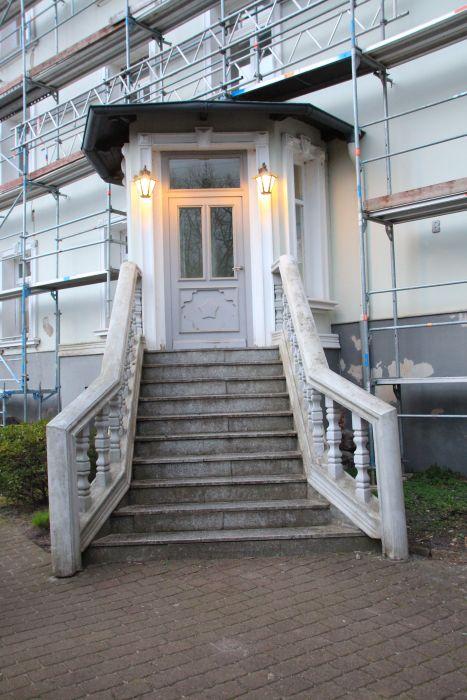
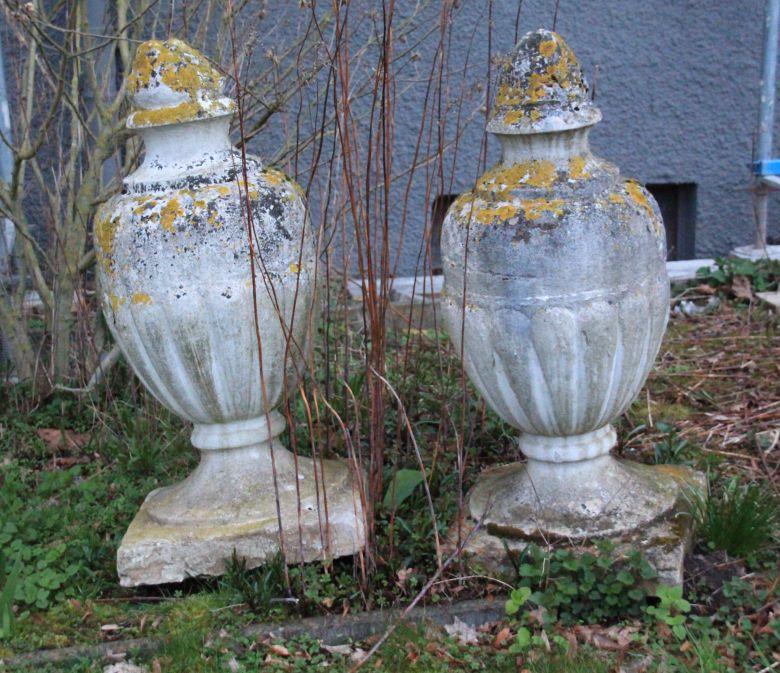
What is left?
The remaining west wing, that dates from the 15th century, is a listed building and the oldest preserved profane building in Hamburg. At the moment (April 2023) is being restored and covered in scaffolding. The area around is somewhat of a building area and also includes remaining parts of the gates, once surrounding the house. After the renovation however the Archaelogical Museum Hamburg is supposed to open its doors in the historic vaulted cellar, with a permanent exhibition about the history of the city of Harburg. The area in recent years has been redeveloped into a residential area with parks.
It seemed to me some people are actually living or working inside the building. Despite of the gates on two sides, it was not hard reaching the west wing itself and walk around on the outside. There is little left of the old grandeur, and the building actually looks much newer than it is, but it was an interesting find anyway. So if you’re in the neighbourhood …
How to get there?
Coming from the central station (Hauptbahnhof) in Hamburg the best is to take the S3 line direction Buxtehude/Stade, and leave the S-Bahn at “Harburg Rathaus”. Either use Maps on your phone or try to follow the signs along the road that so here and there direct you to the Schlossinsel. You however have to keep your eyes open for them. It is a walk of just over one kilometer I’d say. There are also busses into that direction. The castle is also part of the Harburg Culture Routes.

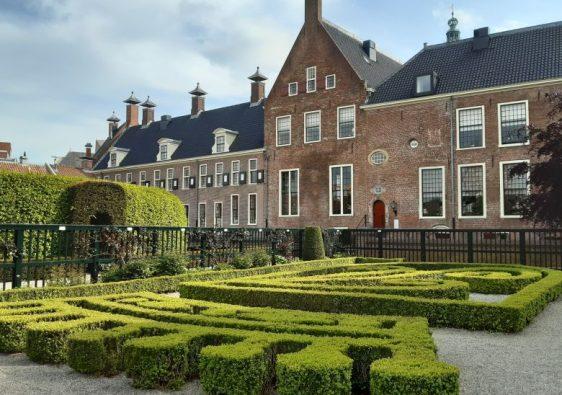
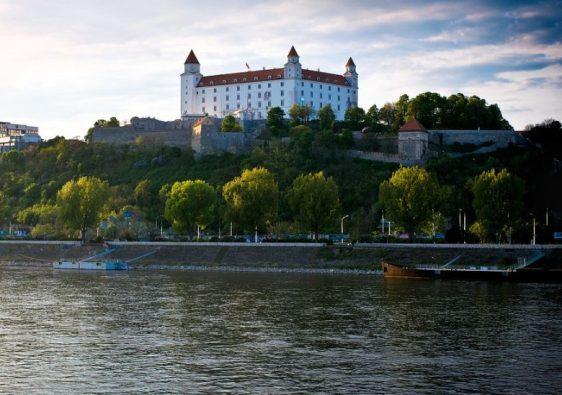
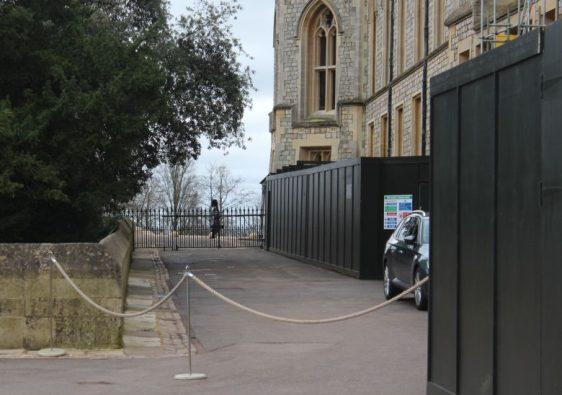
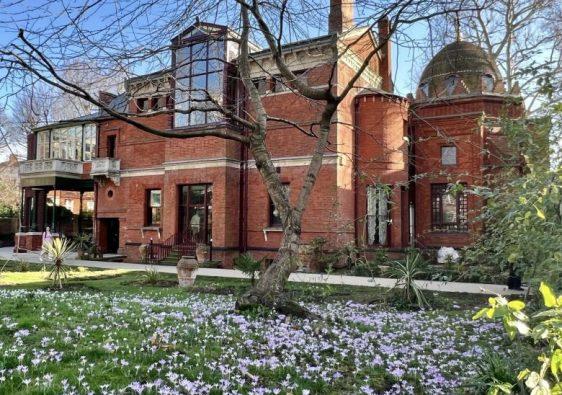
[…] signs saying “Schloss” (Castle). Of course, they made me curious … and I found Harburg Castle. I could only walk around, but it will be interesting to see what it will look like after the […]